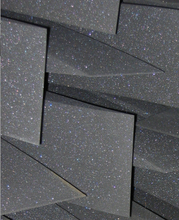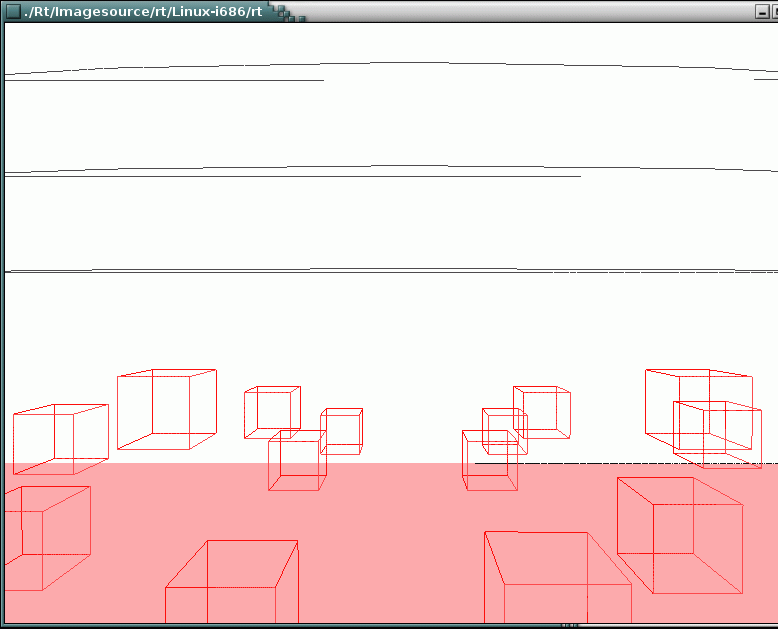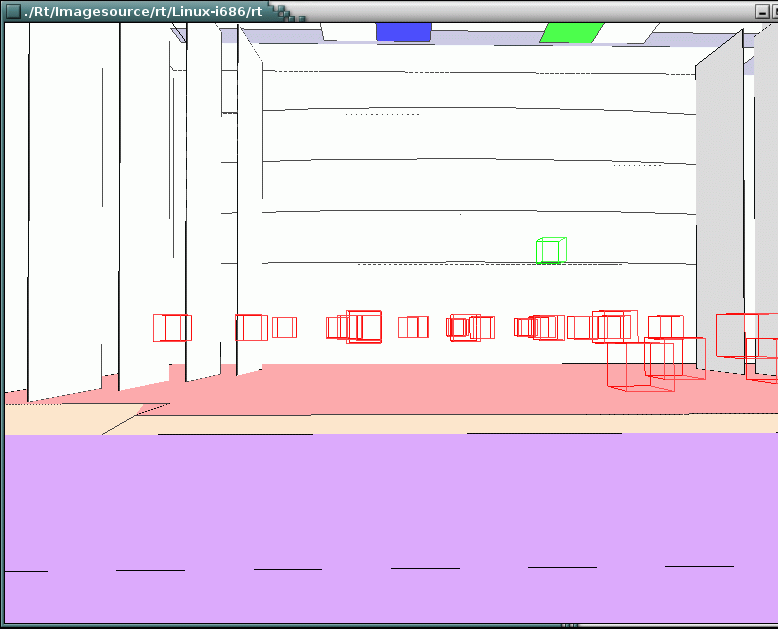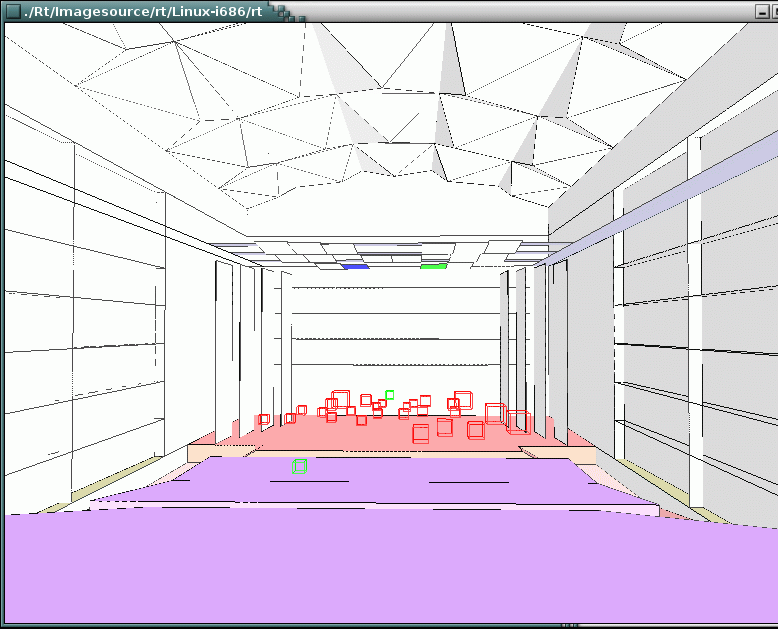Anechoic recordings of symphonic music
Tapio Lokki, Jukka Pätynen, and Ville Pulkki
Helsinki University of Technology
For more information: Tapio.Lokki@tkk.fi
The instruments of a symphony orchestra were recorded one by one in an
anechoic chamber. The musicians played their parts by watching a
conductor in a monitor and by listening to a pianist playing the whole
score. This way the musicians were able to adapt their playing style
and tempo, and the synchronization between different players was
possible.
Since the size of a typical orchestra and the complexity of the music
texture varies between periods, recordings of different music styles
can provide more information about the acoustics in auralization. To
have a more comprehensive selection of anechoic music excerpts,
passages representing different styles were selected for the
recordings:
- W. A. Mozart (1756-1791): An aria of Donna Elvira from the opera Don Giovanni.
- L. van Beethoven (1770-1827): Symphony no. 7, I movement, bars 1-53.
- A. Bruckner (1824-1896): Symphony no. 8, II movement, bars 1-61.
- G. Mahler's (1860-1911): Symphony no. 1, IV movement, bars 1-85.
|
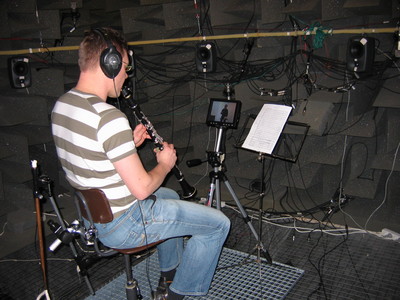
|
Editing of recordings
To gather takes from all recorded instruments and to form an ensemble
playing together, some editing was required. In the first editing
stage, one complete take was joined from several clips, if
necessary. A common task was to replace accidental wrong notes in
otherwise good take. All editing was performed in sample-accurate
manner, thus the length of resulting files were kept unchanged.
Second editing stage was essential for correcting any timing
inaccuracy between the instruments. First imported parts in each
passage were edited by using the piano track as a timing
reference. These parts included usually some string instrument parts
and a wind instrument. Timing inaccuracies were corrected. After the
first completed parts, the piano track was muted and the actual
instrument recordings were used as timing reference from this point
forward.
The goal in editing was not to create an unnaturally accurate
synchronization. Therefore slight timing discrepancies were left
unchanged. However, all the corrections were attempted to accomplish
in a delicate manner so that the edits would not be easily perceived
even by listening individual tracks.
Example auralizations
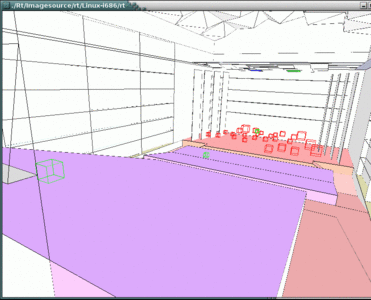
|
Auralization is a technique in which an anechoic stimulus is convolved
with a modeled or measured impulse response of a space so that the
listener can have a binaural listening experience [1]. In other words,
with auralization the acoustics of a certain hall can be simulated and
listened to.
Here are example auralizations, computed with the
recorded anechoic music as stimuli. The concert hall model is a model
of Sigyn hall, located in Turku, Finland. The room acoustic modeling
is performed with the image source method + late reverberation. For
each omnidirectional source point upto 3rd order reflections are
modeled and late reverberation (T60 = 1.8 sec) is rendered with an
artificial reverberation algorithm. For more information about the
implemented auralization, see [2,3].
|
Examples for headphone reproduction
The following examples in three different listening positions (green rectangles, source positions are indicated with red) are binaural renderings.
Therefore, USE HEADPHONES!
References
[1] Kleiner, M., Dalenbäck, B.-I., and Svensson, U.P. "Auralization - An overview", Journal of the Audio Engineering Society (JAES), vol. 41, no. 11, pp. 861-875, Nov. 1993.
[2] Savioja, L., Huopaniemi, J., Lokki, T., and Väänänen, R. "Creating Interactive Virtual Acoustic Environments," Journal of the Audio Engineering Society (JAES), vol. 47, no. 9, pp. 675-705, Sept. 1999.
[3] Lokki, T., Physically-based Auralization -- Design, Implementation, and Evaluation Doctoral thesis, Helsinki University of Technology, Department of Computer Science and Engineering, Telecommunications Software and Multimedia Laboratory, Report TML-A5, 2002.
Acknowledgements
This project is funded by Academy of Finland (Project nr. 119092).
Tapio Lokki
Last modified: Thu Apr 10 15:26:45 EEST 2008


